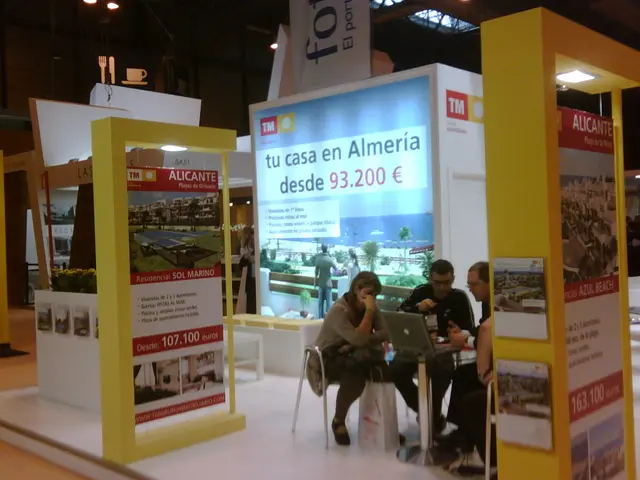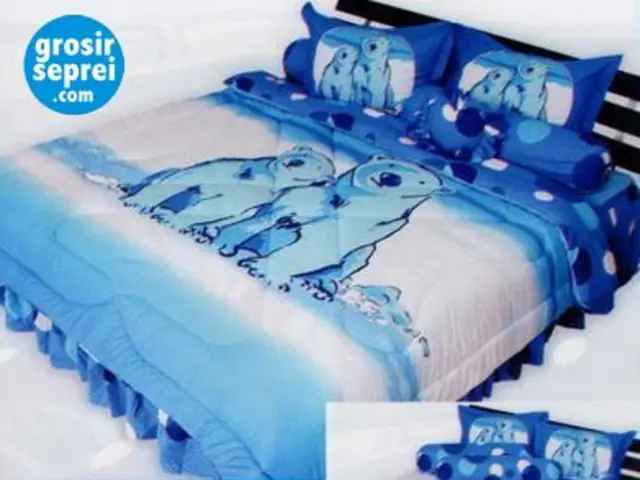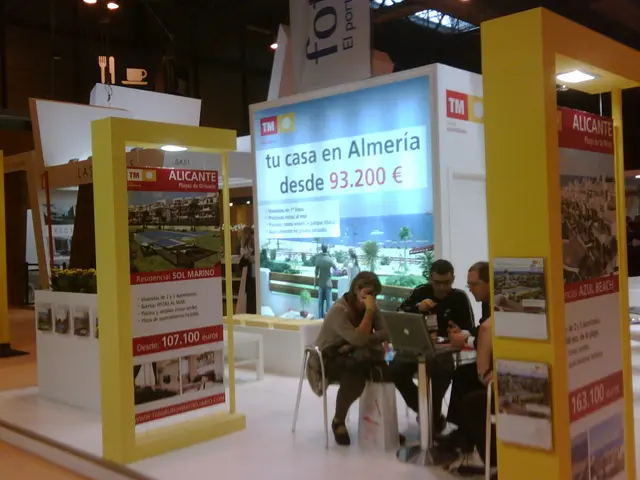Innovative Microwave Design Aims to Convert Lunar Ice into Potable Water
Artemis Lunar Mission: NASA's ambitious project, the Artemis mission, aspires to establish a long-term human presence on the Moon before the end of the decade. To make this a reality, it's crucial to focus on fundamental needs: food, water, and shelter. Enter the SonoChem System, a groundbreaking water purification technology from a British tech company, which recently clinched £150,000 ($194,070) in the Aqualunar Challenge.
Organized by the UK Space Agency alongside the Canadian Space Agency and others, the Aqualunar Challenge is a competition geared towards fostering technological advancements for future lunar residency, with a specific focus on securing clean drinking water on the Moon. The UK Space Agency announced the winners in a recent declaration.
"The future lunar inhabitants will require a continuous supply of drinkable water, essential for consuming, nurturing plant life, and generating oxygen and fuel," stated Meganne Christian, chair of the Aqualunar Challenge judging panel. Christian is also the Reserve Astronaut and Commercial Exploration Lead at the UK Space Agency. She emphasized that approximately 5.6% of soil, or 'regolith', around the Moon's south pole is estimated to contain frozen water ice. If extracted, purified, and distributed, such water could render a lunar base sustainable.
Led by Lolan Naicker, technical director at Naicker Scientific, the victorious team has developed a unique lunar microwave that purifies water obtained from lunar ice. In simple terms, the SonoChem System harnesses the power of sound waves to form bubbles in the lunar water, resulting in extreme temperatures and pressures that produce unstable, chemically reactive atoms known as free radicals. These free radicals, in turn, sterilize the water.
"Picture this: digging up soil in your backyard during winter and attempting to extract frozen water to drink. Now envision executing such a process in an environment chilled to -200°C, nearly devoid of air pressure, under limited gravity, and with minimal electric power. That's the challenge we face on the Moon," explained Naicker. He further noted that if the SonoChem System proves successful on the Moon, it could potentially be utilized on Mars or remote regions on Earth that lack easy access to clean water.
The SonoChem System isn't alone in this endeavor. Runners-up include a team of fathers and sons, whose three-step water filtration method yields continual drinking water, and a team from Queen Mary University of London, whose approach employs a reactor to purify water. The Aqualunar Challenge awarded the runners-up £100,000 ($129,380) and £50,000 ($64,690), respectively.
"These ideas not only fuel the future of space exploration but also have the potential to alleviate water shortages here on Earth, mitigating the effects of climate change as we strive towards net-zero emissions," said Patrick Vallance, the UK's Science Minister.
Genius inventions like the SonoChem System are transforming science fiction into reality. So, get ready for the Clavius Base from 2001: A Space Odyssey!
Further Information:
Overview of the SonoChem System
The SonoChem System, a masterpiece from Naicker Scientific, is an exceptional technology designed to extract and purify water from lunar ice, ensuring it becomes a vital component for sustaining life on the Moon. By combining microwave and ultrasonic technology, the system accomplishes its mission.
Functionality
- Microwave Defrosting: Initially, the system employs microwave tech to efficiently melt frozen water within the lunar soil or regolith by utilizing volumetric heating. This method causes both water and contaminants to separate from the dry regolith.
- Ultrasonic Purification: Once the ice melts, the system harnesses ultrasound to generate millions of microbubbles within the contaminated water. These microbubbles form in extreme temperatures and pressures, reaching up to 5,000°C and 2,000 atmospheres respectively. This environment triggers free radicals, which are highly reactive and capable of neutralizing contaminants, thus purifying the water.
Prospective Applications Beyond Lunar Exploration
- Mars Exploration: Adapted for use on Mars, where ice glaciers exist, the SonoChem System can contribute to future missions by providing clean water and reducing reliance on resupply.
- Earth Applications: In regions with difficult access to clean water due to contamination or isolation, the SonoChem System's technology could enhance water purification processes, tackling global shortages and water challenges.
- Scalability: The use of common household items, such as microwave technology, highlights potential for cost-effective and scalable solutions in various environmental conditions.
- The SonoChem System, a groundbreaking water purification technology from Naicker Scientific, is focusing on securing clean drinking water for future lunar inhabitants, as part of NASA's Artemis Lunar Mission aiming to establish a long-term human presence on the Moon.
- Developed by a team led by Lolan Naicker, the SonoChem System relies on a unique lunar microwave that purifies water obtained from lunar ice, harnessing the power of sound waves to form bubbles in the lunar water, resulting in extreme temperatures and pressures that produce free radicals, which sterilize the water.
- If successful on the Moon, the SonoChem System could potentially be utilized on Mars or remote regions on Earth that lack easy access to clean water, making it a versatile solution for different challenging environments.
- The SonoChem System is not the only innovative approach in this endeavor; contestants in the Aqualunar Challenge, such as a team of fathers and sons who developed a three-step water filtration method, and a team from Queen Mary University of London, who uses a reactor to purify water, are also working towards sustainable solutions for future lunar and terrestrial life.








